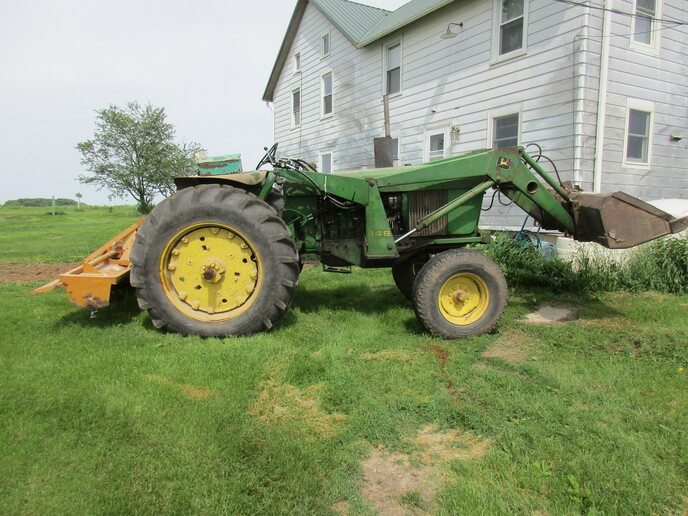onefarmer
Well-known Member
- Location
- 6735 S Lowell Rd, St Johns, Mi 48879
2001 F250PSD, a bottle of Power Service white was added to the tank when it was filled.
Day one it was 0 degrees and everything was fine. Started good and ran good.
Day two it was 21 degrees and it started but I didn't get far down the road and the fuel was gelling.
I got it home, added a couple gallons of e15 gas, and let it idle in the driveway for 30 mins. All was fine after that. I can't figure why the fuel would gell at 21 degrees but not at 0, It was the same fill so same mix. It was still about 1/2 full.
Day one it was 0 degrees and everything was fine. Started good and ran good.
Day two it was 21 degrees and it started but I didn't get far down the road and the fuel was gelling.
I got it home, added a couple gallons of e15 gas, and let it idle in the driveway for 30 mins. All was fine after that. I can't figure why the fuel would gell at 21 degrees but not at 0, It was the same fill so same mix. It was still about 1/2 full.



